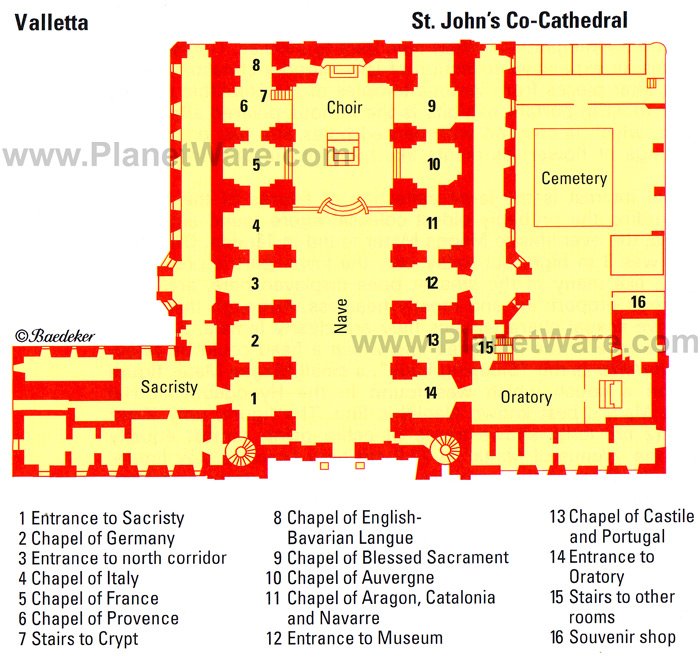Saturday, 30 August 2014
Saturday of the Twenty-first week in Ordinary TimeHoly Gospel of Jesus Christ according to Saint Matthew 25:14-30.Jesus told his disciples this parable: “A man going on a journey called in his servants and entrusted his possessions to them.
Fw: faithful in small things, I will trust you with greater; come and join in your master's happiness
Sancta Maria Abbey: http://www.nunraw.com.uk (Website)
Blogspot :http://www.nunraw.blogspot.co.uk |
Blogspot :http://www.nunraw.blogspot.co.uk |
domdonald.org.uk
On Saturday, 30 August 2014, 14:44,
William ...> wrote:
Dear Father Donald,
I delight in your reply, thank you!
George is the answer to the conundrum... responding to the grace afforded to him, to develop his talents for the furtherance of his living in correspondence with his charitable vocation.
I sometimes puzzle over how it is that contradictions challenge me so! Perhaps, like St Matthew, I spent too long in the world of commerce with its worldly ambition?
Happy now, thank you! Talent is not just openness to Grace, but its responsiveness. Hans von Balthasar looks to the mind of God in His gifts, not our strengths or weaknesses.
William
----Original message----++++++++++++
From : nunrawdonald...
Date : 30/08/2014 - 13:30 (GMTDT)
To : william..........
Cc : .........
Subject : faithful in small things, I will trust you with greater; come and join in your master's happiness
The parable of the talentsOn Saturday, 30 August 2014, 7:20, William ...> wrote:Dear Fathers,I again feel troubled by the presentation of today's Gospel parable in Matthew, where Talents are said to be apportioned "according to each person's ability".On the BBC news yesterday there was discussion of the 'findings' of a review into career opportunities relating to background, claiming that the top positions in society mostly seem to fall to those with privileged backgrounds.: the Eton boy, then, given five talents, could be expected to make (at least!) five more: his father works in the city as a banker.: the Grammar school boy, given two talents, would be expected to do well too: his father is a doctor / other professional.: the less well educated boy, whose father is a miner / shop worker - unless born to caring parents - would nervously guard such wealth entrusted to him.Perhaps it is that Matthew's account is coloured by his 'worldly' experience with finance as a tax collector?Peter, the humblest of fishermen, helps me to restate the parable, for he rose to the most influential position of all time!And then, there are the exceptional use of talents given to loving mothers, carers, humble pastors.. those whose ambition is not of 'worldly' attainment.A talent surely represents one's openness to grace... not 'according to each person's [worldly] ability'.If one of the Community gives a homily on this parable, I would delight in reading it!Just a 'backroom' boy,William.
COMMENT: from DonaldWe have been pondering the paradox/contradiction this morning. George and Fr. Raymond in the Reception were thinking. They both help in the tearoom. Later they went to help George in fixing the organ. While there I mentioned the George is professional employed in the University technical trainings, full-time! Does the Lord criticise him for the security of his job, his talent, blame him for that.The comment came to mind, it is obvious that George is here at weekends helping us at the monastery; he has so many our charitable tasks.What the conclusion.In the same MAGNIFICAT monthly has this Meditation by HANS URS VON BALTHASAR queries the obvous contradiction.How is my addled brain to match Hans and William (Comment), after my siesta?God love.Donald++++++++++++
Matthew 25: 14-30... you can be faithful in small things, I will trust you with greater; come and join in your master's happiness. ...'MEDITATION OF THE DAY Magnificat.comThe Parable of the TalentsIn the parable, the man who received only talent failed to catch sight of the unity of gift and could not see the gift's mercy, only its requirem he then found himself trapped in obvious contradiction.When called to account, he confessed, "I you are a stern man: you reap where you do not sow, and gather where you have not scattered," and because I was afraid, I buried the money in the earth. Here. You can have it back again." One might think that he would have worked with all his might to please such a stern master, but no, he "was afraid". He received his existence under his cloud of anxiety–a paralysing fear–and accomplished something that corresponded to the meaning with which he received the gift. What he buried was the sense for gift and fruitfulness, and thus the gift itself became meaningless to him. He does not return the gift with the fruitfulness it possesses; rather, he throws it back at the giver like Judas threw down the silver pieces in the temple, since neither he nor the high priest had any more use for them (Mt 27:5).The "lazy servant" is deprived of what he had without depriving it of any value, and it is given to the one who recognises the essence of gift. "From him who has not, even that which he has will be taken away" (Mt 25:29) means that whoever fails to recognise in the "God who has gone away" the one who is present in his gift, despite his ability to do so (as his self-contradictory words make clear), considers the existence "he has" to be so worthless that he no longer possesses anything in the existence he has.FATHER HANS URS VON BALTHASAR Father von Balthasar (+ 1988) was an eminent Swiss Catholic theologian and co-founder of a religious community. His extensive writings were an important influence on Saint John Paul 1/.PS. It was the end of bother finding Fr. Raymond's PASSWORD to his Mobile phone. Eventually we succeeded in the forge of the Computer Room. D.G.
££££££££££££££££££££ http://spreadjesus.org/meditation-on-accountabilitymatthew-2514-30.html#.VAIoSvldV8F


.jpg)

.jpg)














.jpg)
